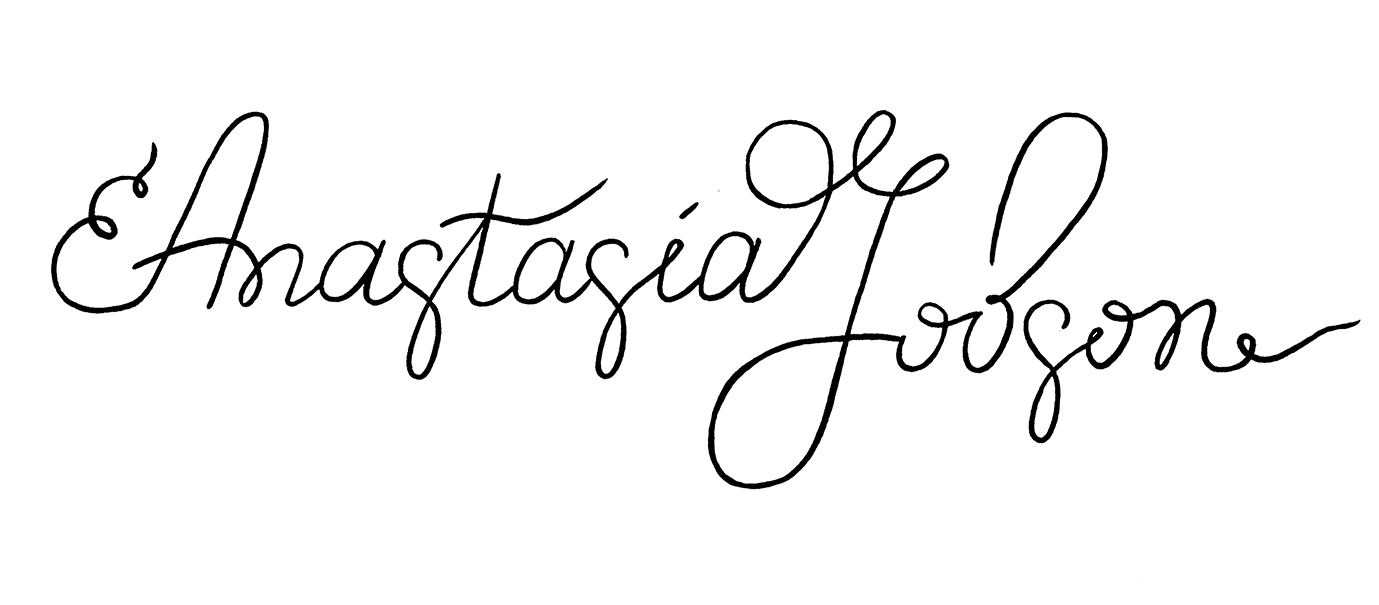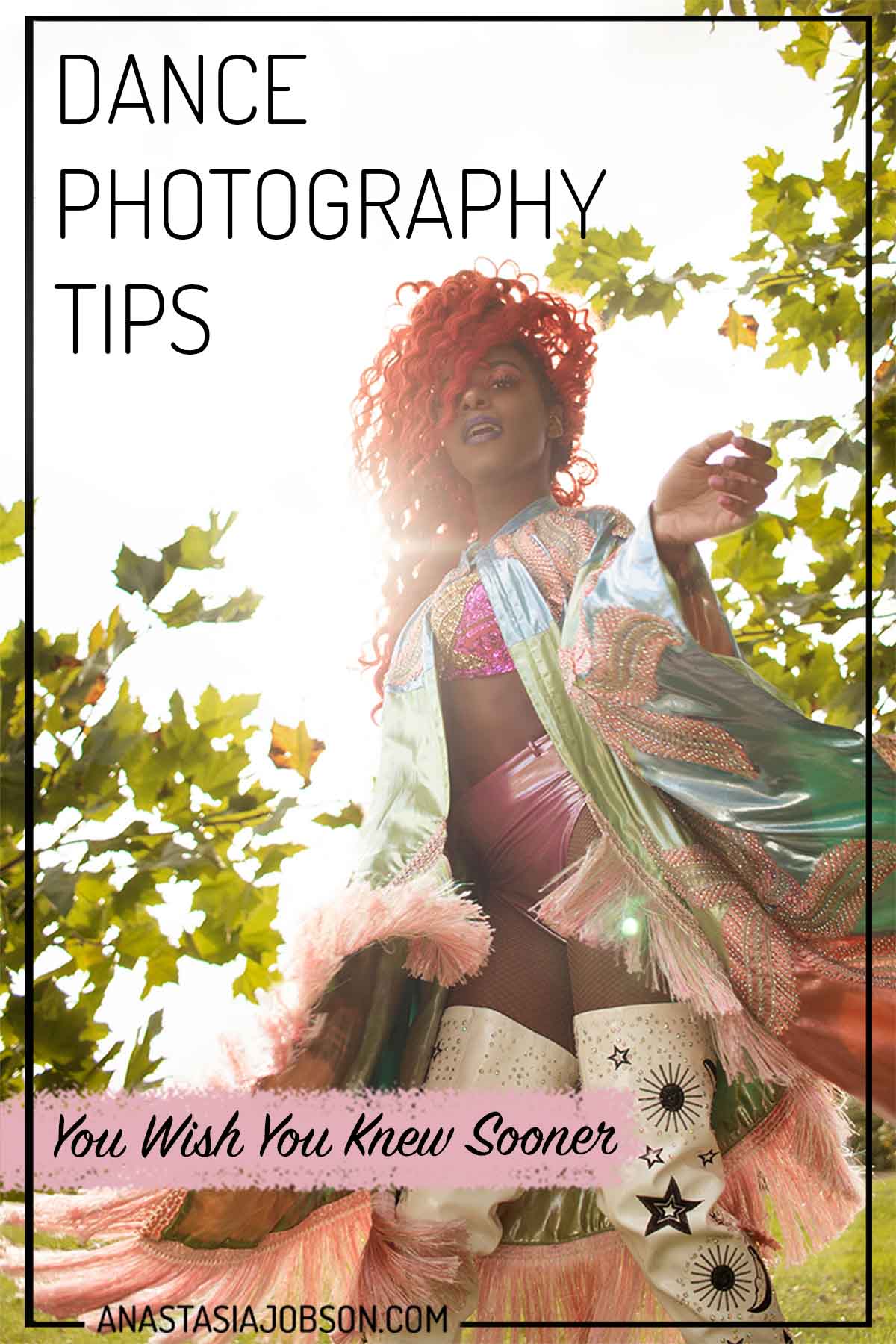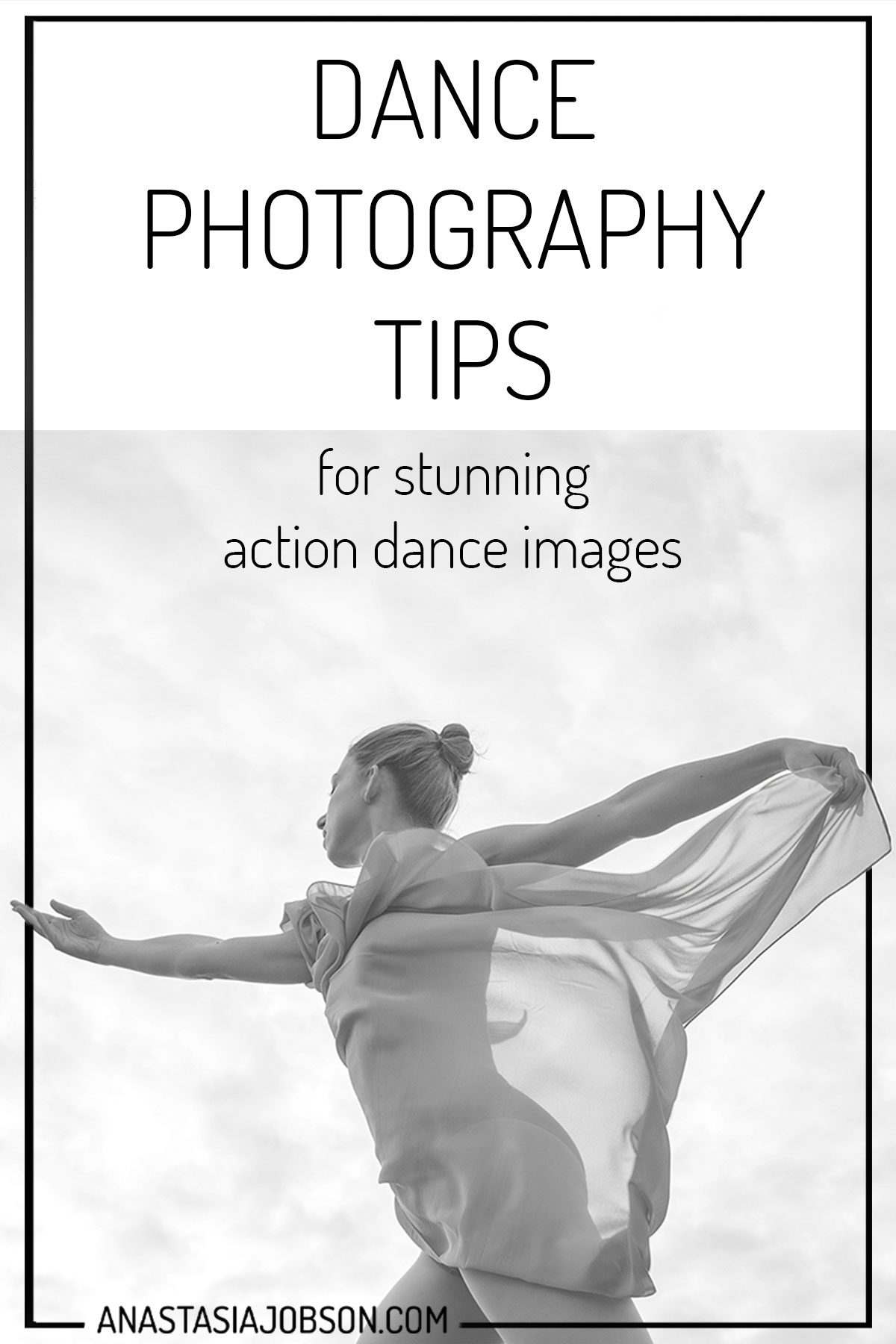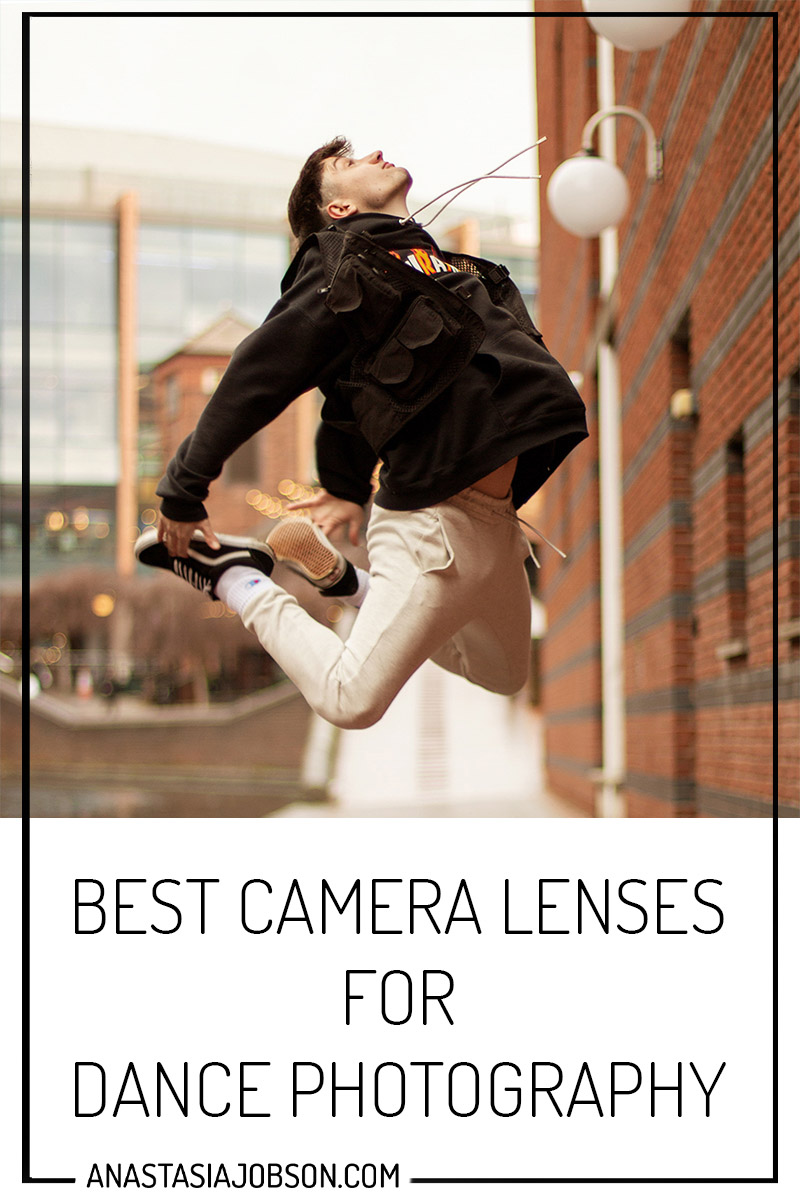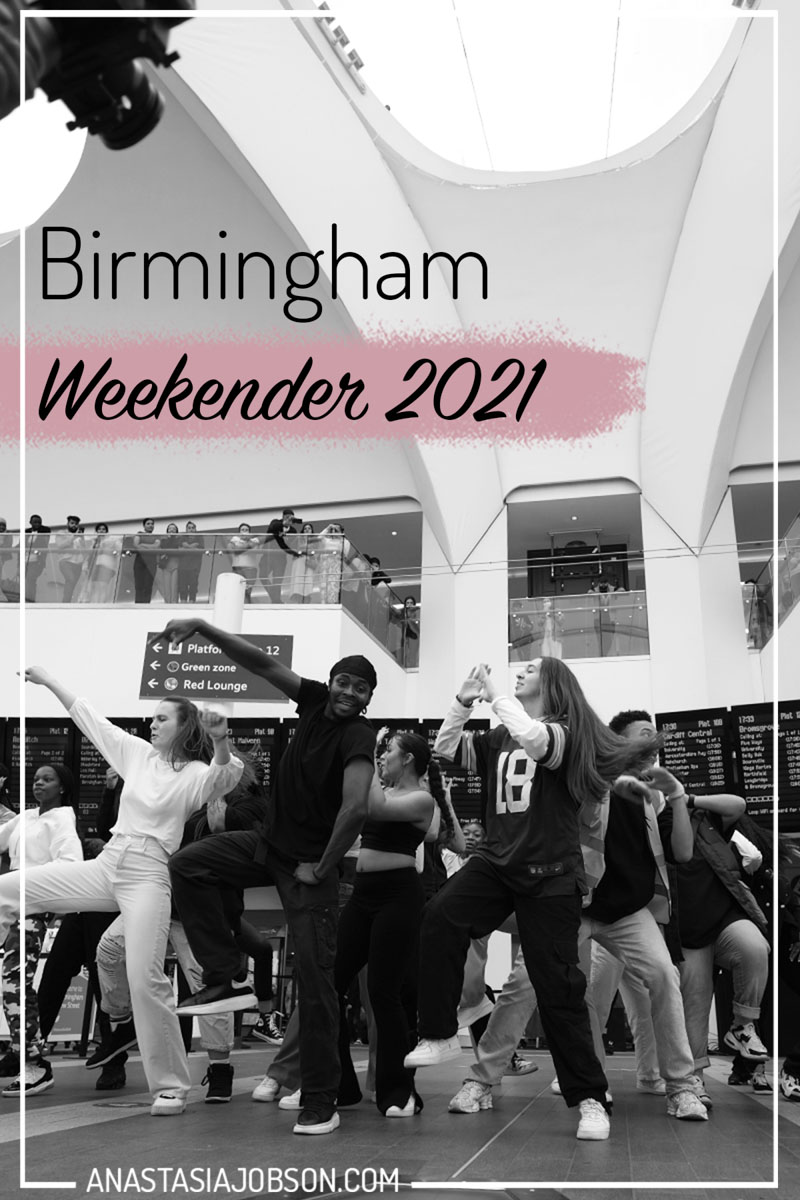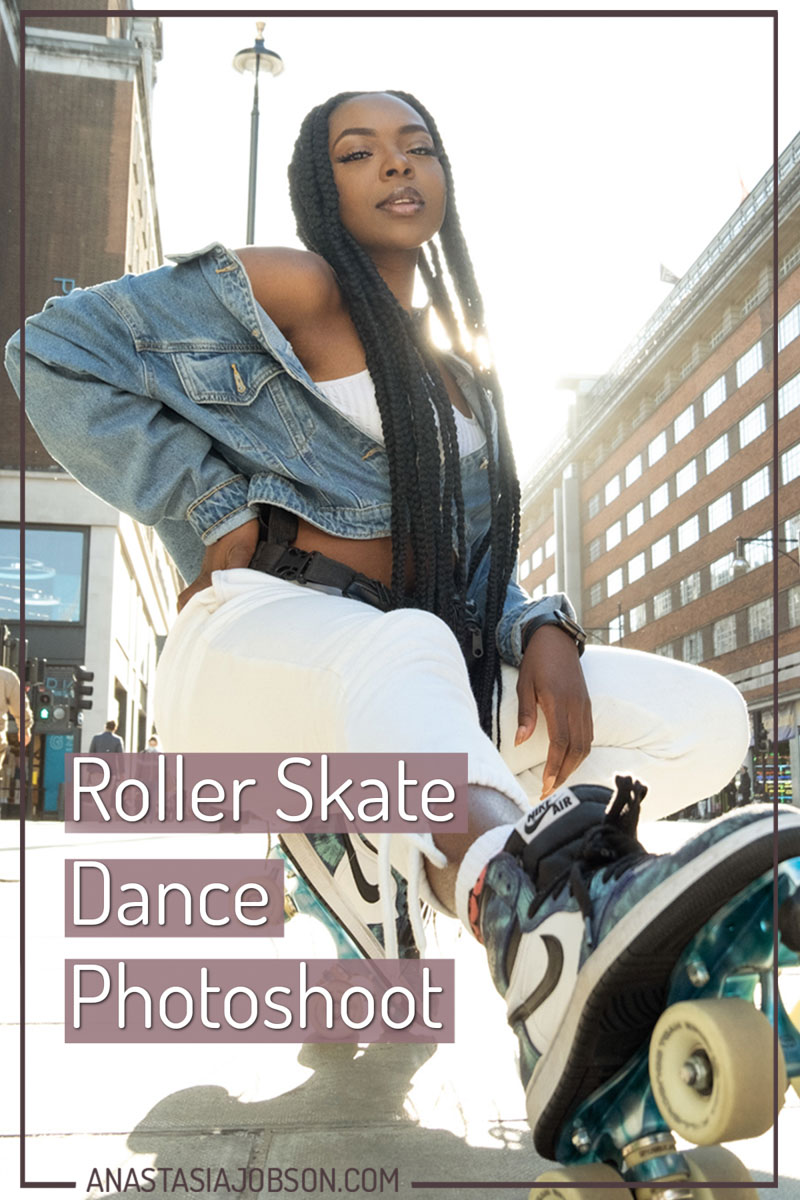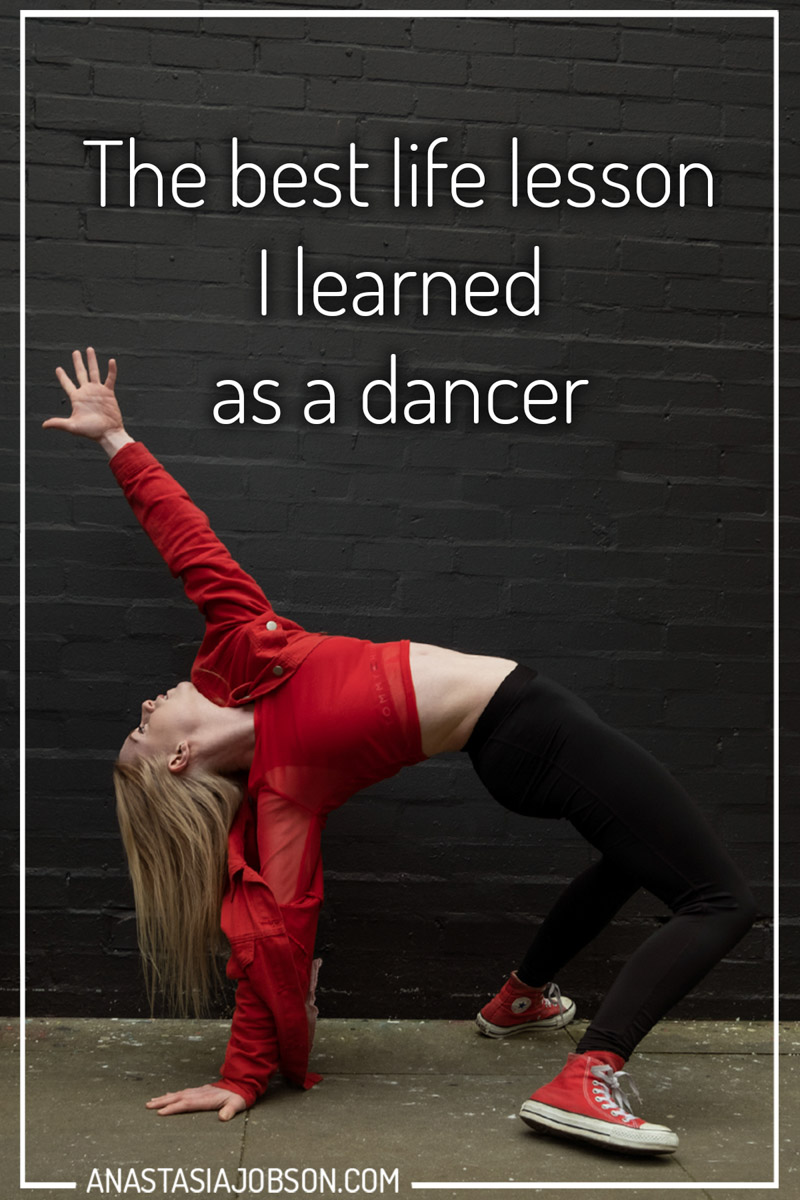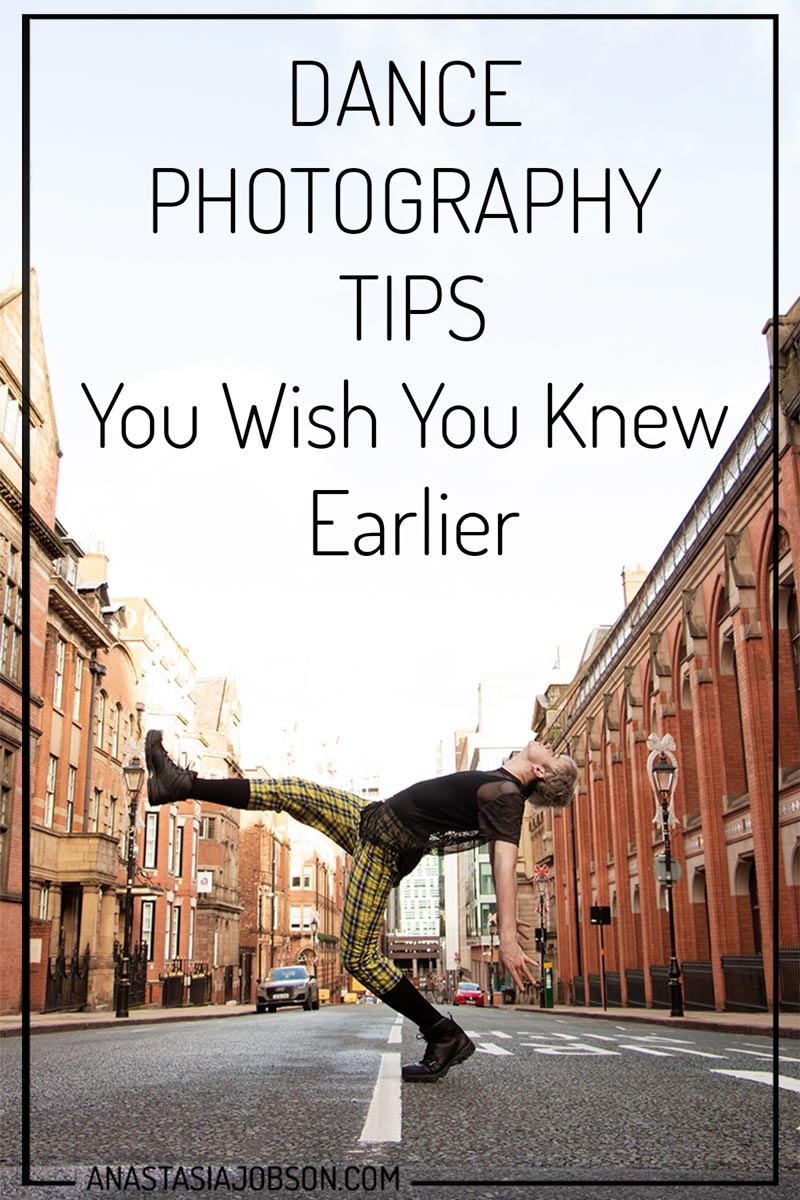
Dance Photography Tips You Wish You Knew Sooner
Hello fellow dance photography lovers! This week’s post is short and sweet, and it’s all about 5 awesome tried and tested dance photography tips that will help you create stunning action dance images. Let’s go!
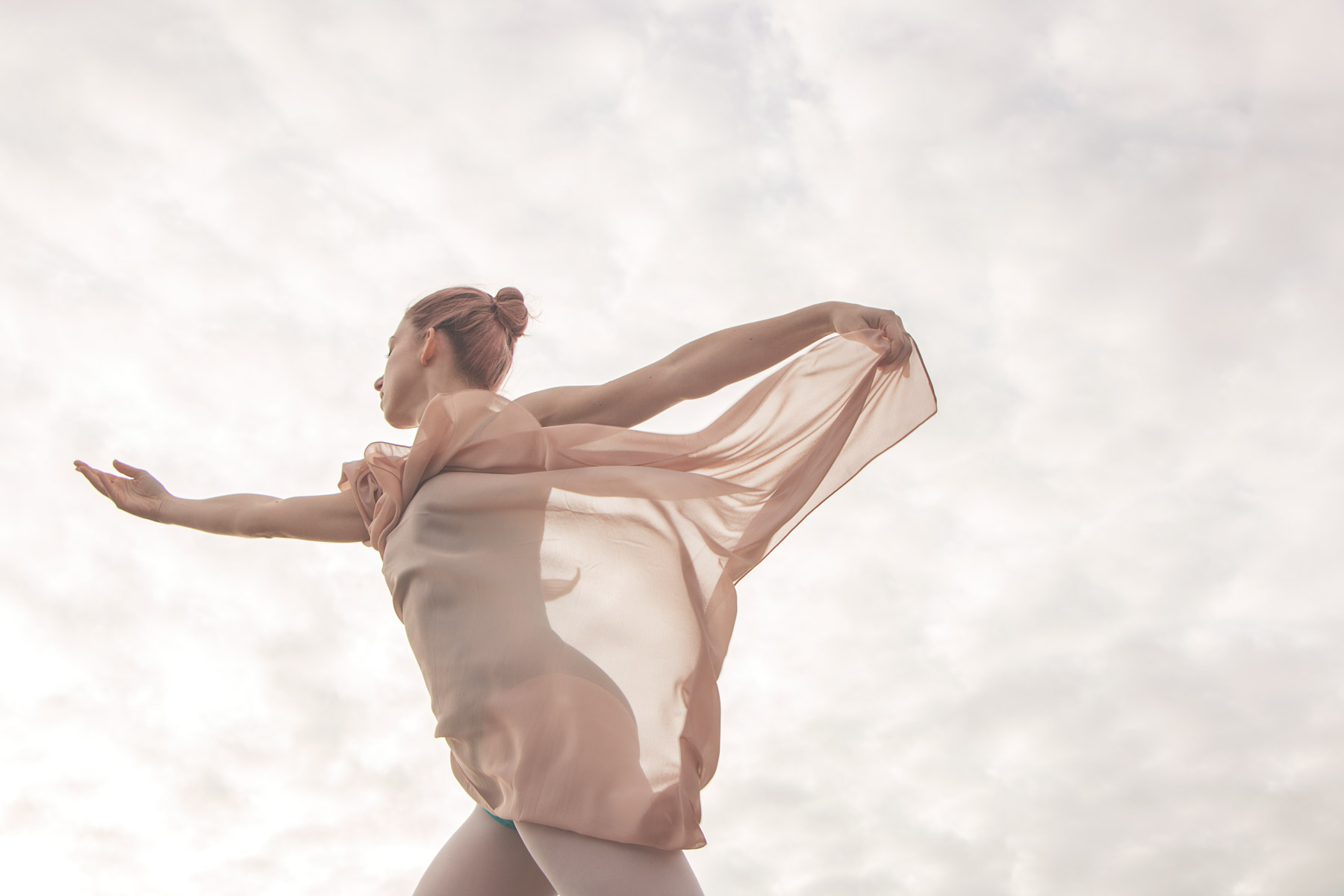
My Top 5 Dance Photography Tips:
Learn about the dance style you will be photographing
You don’t need to learn to dance yourself don’t worry (though taking one or two dance classes would certainly help you become a better dance photographer, just saying haha!). Google the dance style and get an idea of basic moves and poses that represent the style. This way you can prepare some posing ideas in case a dancer needs a bit of help during a photoshoot. Another important thing is to notice the range of movement the dance style involves – this will give give you a rough idea how flexible a dancer and what moves/poses they’re capable of (for example don’t expect extreme contortions from a hip hop dancer).
Get to know a dancer before a photoshoot
Check out their social media for any videos to see their skills; ask how long they have been dancing, again this will help understand the dancer’s skills and abilities. Let’s say you’re photographing a dancer in training, be mindful asking them to perform some advanced moves (especially without proper warm up and stretching).
Make a dancer be the main focus of your images
To me, dance photography is about celebrating of the art form and presenting it the most beautiful way. Make a dancer be the primary focus in the images – whether you use shallow depth of field to blur the background, or choosing a simpler and cleaner background so nothing else competes with a dancer for attention in the frame. Aim to eliminate any distractions – it can be other people in the shot, unwanted items such as bags, bins, etc.
Use a speed light/strobe
A speed light/strobe is not a must when it comes to dance photography, though if you want some crisp and sharp action shots during an overcast day or indoors, using a flash is the way. It doesn’t just help you freeze motion when there’s not enough natural light available, you can also use it to add a creative vision with it. For example you can add drama to your images, or help a dancer stand out more.
Play music!
Dancers express themselves through the movement; they move to the music. It’s already weird to be asked to dance on demand, but imagine dancing in silence! (Crickets…)
Let’s make the process easy and fun for everyone! Bring a speaker or ask them to bring it along and play their favourite tunes while you snap away. Authenticity and joy are the best things you can capture as a dance photographer, and music will simply make it happen.
If you want to learn more about how to photograph dance, feel free to check out more of my blog posts!
That’s all for this week’s blog, thanks for checking it out! Do you have your favourite dance photography tips?
